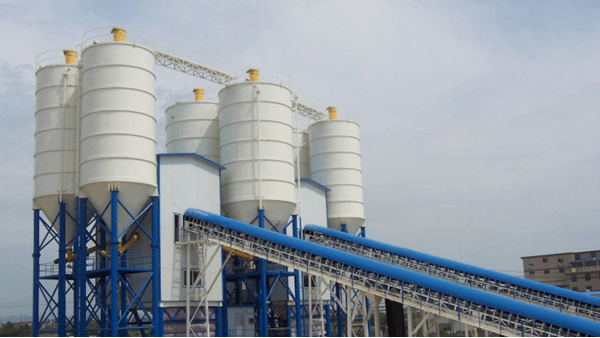It is well known that the storage and monitoring of cement silos is an important part of cement production. Radar level meters have shown great advantages in measuring the material level of cement silos due to their high precision and non-contact measurement characteristics.
The working environment of cement silos has several notable characteristics: high dust, large temperature difference, and strong material adhesion.
These conditions place high demands on measuring equipment, such as anti-interference ability and stability in harsh environments.
Traditional measurement methods such as heavy hammer, ultrasonic or capacitive level meters often have difficulty in achieving stable and accurate measurement results under these extreme conditions.
Radar level meters use radar waves for measurement, and their microwave signals can penetrate dust and are insensitive to changes in the external environment. Therefore, they can work normally in harsh environments such as high dust and high humidity.
In addition, due to the use of non-contact measurement, radar level meters avoid the influence of material adhesion on measurement accuracy, while reducing equipment maintenance requirements and operating costs.

To give an example of a practical application, the raw material silo of a large cement plant previously used a traditional weight-type level meter to measure the material level.
This method not only has a slow response and the measurement accuracy is greatly affected by the external environment, but also requires a lot of equipment maintenance, especially in a high-dust environment, where failures often occur, seriously affecting the accuracy of production scheduling and inventory management.
To solve this problem, the cement plant decided to upgrade to a radar level meter measurement system.
After market research and technical comparison, a high-frequency radar level meter suitable for the cement silo environment was finally selected.
After installation, through continuous operation tests, the measurement accuracy of the new system has been significantly improved, and it is almost unaffected by dust and temperature changes in the silo, achieving 24-hour real-time monitoring, greatly improving the accuracy of material management and production efficiency.

From this case, we can see that the application of radar level meter not only improves the measurement accuracy and reliability of cement silos, but also reduces maintenance costs and enhances the continuity and stability of production.
For cement production companies, this means that they can achieve higher economic benefits and market competitiveness while ensuring product quality. With the continuous advancement and maturity of technology, radar level meter will be more and more widely used in cement silo measurement.
Its advantages such as high precision, high stability and low maintenance requirements make it one of the indispensable tools for modern cement companies.
